Healthcare App Design Guide 2025
27 Jun 25 

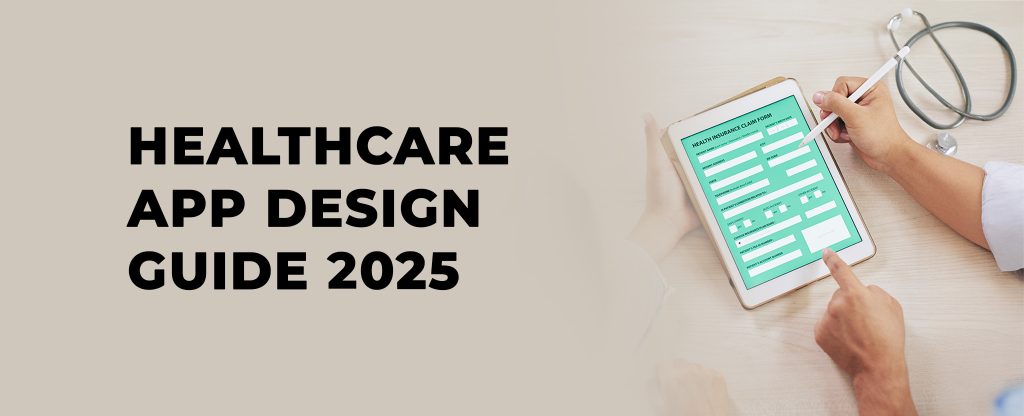
In 2024, healthcare apps became essential tools, not just nice extras. They’re as important as your morning coffee. AI-powered health helpers and online doctor visits bring medical care right to your home, making healthcare more modern and accessible.
The healthcare industry needs smooth, easy-to-use app designs so patients, doctors, and insurance companies can all have good experiences. One thing is clear: great app design decides whether health services save lives or become frustrating systems that people avoid. This guide looks at healthcare app design trends that will shape 2025.
Healthcare App Market Overview
Healthcare apps are changing fast in 2024. Better mobile app building techniques, more people wanting digital health solutions, and the healthcare industry adopting new technology are driving these changes.
Market Size & Growth Numbers
The global healthcare app market is growing steadily across different areas:
Mobile Health (mHealth) Apps:
- Made $37.44 billion in 2024
- Expected to reach $154.12 billion by 2034
- Growing at 15.2% each year
- Popular for remote patient care, tracking health, and helping patients
Mental Health Apps:
- Currently worth $7.18 billion
- Expected to grow to $13.3 billion by 2028
- Growing at 16.6% yearly
- Growing because people care more about mental health and need more support
AI Healthcare Apps:
- Expected to grow from $20.9 billion in 2024 to $148.4 billion by 2029
- Growing at an amazing 48.1% each year
- Growing fast because healthcare organizations are using AI for diagnosis, predicting health problems, and personalized patient care
Health App Design Requirements
Security and Following Rules First
Healthcare apps handle sensitive patient information, so they need strong security. Designers must keep data safe and follow rules like HIPAA and GDPR. They should use simple, clear language to tell users about privacy permissions and terms.
Easy to Use for Everyone
Good design means apps work well for users with different abilities. Healthcare apps should work with screen readers, voice controls, and text-to-speech tools so people with vision problems can use them easily.
Balancing User Experience (UX) and User Interface (UI)
Both UX design (how the app works) and UI design (how it looks) are equally important for medical apps. Easy navigation combined with attractive visuals creates a complete experience that affects how users interact with the app.
Creating a Positive User Experience
Healthcare apps must care about emotional well-being along with practical functions. Using the right colors, caring language, and thoughtful interactive elements helps build trust and reduce anxiety during treatment.
Designing for Medical Needs
Healthcare apps are different from regular apps because they must follow strict data protection rules and patient comfort standards. Design should show the app is serious and functional while staying accessible and easy to use for both patients and healthcare providers.
Challenges in Health App Design
Growing Competition
Medical apps are growing rapidly, with over 350,000 available worldwide. The healthcare app market keeps expanding, but new solutions can still succeed. Your app’s success depends on offering unique features and innovative design that meets healthcare industry needs.
Keeping Things Simple but Complete
Simple user interfaces are essential for complex medical apps. The app must be easy to use for both healthcare staff and patients. The quality of information shown affects how much users trust the app and determines its success as a healthcare tool.
Accurate and Reliable Data
Information accuracy and reliability are crucial for medical apps. Healthcare apps must meet industry standards and regulatory requirements for security, privacy, and user experience. How reliable the data is directly affects user trust and how well the healthcare solution works.
Following Industry Standards
Using a user-focused approach helps create engaging healthcare apps. When apps follow standards, users feel more confident because they know their health data is secure and reliable.
User-Centered Design
User-centered design is essential for creating effective and engaging healthcare apps. Understanding the specific needs of users and providers helps the app deliver real value. User satisfaction improves when functional needs match good interface design, encouraging regular app use.
How to Design a Healthcare App
Here’s a step-by-step process for designing healthcare apps:
1. Define the Task
New users need to understand what specific problems your app solves. Start your health app design process by clearly defining your business goals and the user problems your solution will fix.
2. Study Your Target Audience
Do thorough user research to identify potential users, their healthcare expectations, interests, valued features, and what annoys them about current software.
3. Research the Market
Study your competitors carefully to learn their strengths and weaknesses before creating better healthcare designs.
4. Create a Lean Canvas
The lean canvas becomes an important planning tool that connects key points of your future app, from problem identification to solutions, key metrics, and unique selling points.
5. Write User Stories
Develop stories that show user needs and how they’ll use the app. Design how users will complete their tasks and move between different app functions.
6. Design Mock-ups
UI/UX experts turn concepts into visual designs. Start with simple black-and-white mock-ups, then create detailed, colorful screens. This step produces final app screens and their components.
7. Build Interactive Prototypes
Create interactive simulations and test them. Design tools let you connect screen elements to other screens so you can preview user interactions before development.
8. Create Design Assets
Make application assets that serve as the foundation for app development. Technical features are implemented after you approve the final design.
Types of Medical Apps
Telemedicine Apps
Telemedicine apps connect patients with healthcare providers virtually across long distances. Users get virtual medical consultations, follow-up visits, and ongoing treatment for chronic diseases. These apps expand healthcare access, reduce waiting times, and make healthcare more convenient.
Remote Patient Monitoring Apps
These apps help healthcare providers watch patient health data in real-time, allowing for early intervention. They track vital signs like blood pressure, heart rate, and glucose levels, detecting potential problems through alert systems and improving long-term illness management.
Mental Health Apps
Users can access self-help tools, wellness support, and therapy sessions through mental health apps. They offer Cognitive Behavioral Therapy (CBT) for anxiety, meditation exercises, and virtual therapy sessions with licensed professionals to improve mental health and well-being.
Patient Care and Hospital Apps
These apps help with hospital management through appointment scheduling and medical record access. They provide directions inside large medical centers, let patients check in, manage billing, and arrange after-discharge support. Communication between medical professionals and patients creates better healthcare experiences.
Personal Wellness Apps
These apps measure steps, track calories, analyze sleep patterns, and provide tools for setting weight loss and fitness goals. The data helps users make better health and wellness choices based on reliable information.
Must-Have Features in a Health App
Electronic Health Records (EHR) Integration
Your health app should include EHR integration so healthcare providers can easily access patient data. This reduces duplicate data entry, improves data accuracy, and gives medical professionals complete health information. EHR integration leads to faster workflows and better treatment decisions based on comprehensive information.
Data Security and Privacy Following Rules
Protecting patient data requires strict following of data protection laws, including HIPAA regulations. Security measures protect patient and provider data from breaches, build trust, and maintain legal compliance. Commitment to data privacy reduces violation costs while building trust in the healthcare industry.
Patient Sign-up Process
A smooth user journey from account creation through profile setup and consent agreements helps new users start using the app easily. Simplifying patient sign-up reduces abandonment rates and provides better access to healthcare services, letting patients get efficient healthcare from their first interaction.
Appointment Scheduling
Through the app, patients can schedule appointments, change existing appointments, or cancel upcoming visits. This feature helps clinics reduce waiting times and solve scheduling problems, improving operational efficiency. Healthcare facilities achieve better patient satisfaction and resource management through flexible scheduling.
Online Doctor Visit Capabilities
Adding video and audio consultation technology makes medical care more accessible, especially for people in underserved or hard-to-reach areas. These systems let people get real-time medical help from anywhere, leading to better health outcomes through virtual doctor appointments.
Notifications and Reminders
Push notifications and reminder features encourage patient commitment to treatment plans. The system reminds users of appointment times, medication schedules, and follow-up procedures. Timely alerts help patients stay on track with treatments, prevent missed appointments, and improve overall health throughout treatment.
Conclusion
The healthcare app design field keeps advancing rapidly to meet current patient expectations for caring services, secure data management, and simple user interfaces. A healthcare app succeeds based on following HIPAA regulations, user-friendly design, real-time health data access, and working across multiple platforms.
Healthcare providers can now interact with patients using AI, wearable technology, and telemedicine platforms that provide innovative interaction methods. Patients and health users now require personalization and accessibility with built-in trust features that are mandatory for digital services. Healthcare organizations need to lead digital transformation through strategic use of emerging technologies that match user needs as the industry moves toward a digital-first approach.
Combining these measures results in better patient outcomes while ensuring lasting patient retention, scalable solutions, and innovation within the competitive healthcare landscape. Healthcare industry modernization goes beyond surface changes because it enables developers to create user-centered healthcare experiences that improve future health and connections between people.
How Mindster Can Help
Healthcare trends like telemedicine, AI integration, and real-time health tracking allow Mindster to build healthcare apps that scale for future needs. We build healthcare apps that satisfy clinical requirements by developing virtual consultation platforms, patient monitoring systems, and chronic disease management tools while providing user-friendly experiences.
Mindster uses cutting-edge innovations to create healthcare apps that adapt to telemedicine, AI technologies, and real-time health tracking while ensuring scalability for future healthcare needs. When you work with Mindster, you get access to the latest healthcare technology features that keep you at the forefront of medical innovation.
Mindster’s agile development approach lets your healthcare business deploy applications quickly and improve continuously to stay ahead of market competition and digital regulations in a changing environment. Your partnership with Mindster provides access to a complete framework of innovation and patient-focused security, establishing you as an industry leader in healthcare technology.
- Agentic AI1
- Android Development3
- Artificial Intelligence29
- Classified App3
- Custom App Development5
- Digital Transformation12
- Doctor Appointment Booking App14
- Dropshipping1
- Ecommerce Apps40
- Education Apps2
- Fintech-Apps37
- Fitness App4
- Flutter4
- Flutter Apps20
- Food Delivery App5
- Grocery App Development1
- Grocery Apps3
- Health Care9
- IoT2
- Loyalty Programs9
- Matrimony Apps1
- Microsoft1
- Mobile App Maintenance2
- Mobile Apps124
- Product Engineering6
- Progressive Web Apps1
- React Native Apps2
- Saas Application2
- Shopify9
- Software Development3
- Taxi Booking Apps7
- Truck Booking App5
- UI UX Design8
- Uncategorized6
- Web App Development1








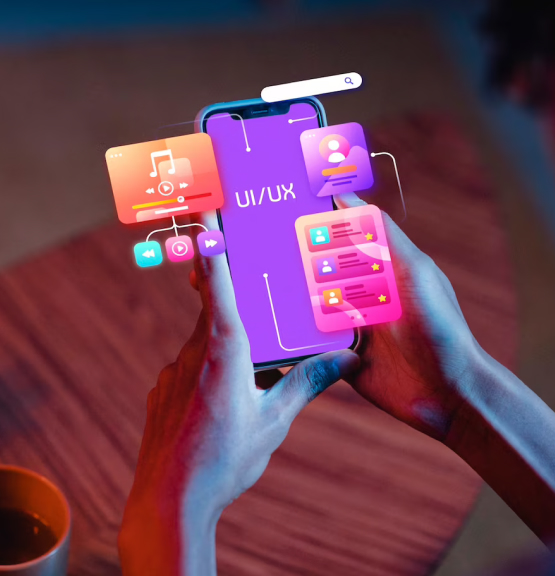
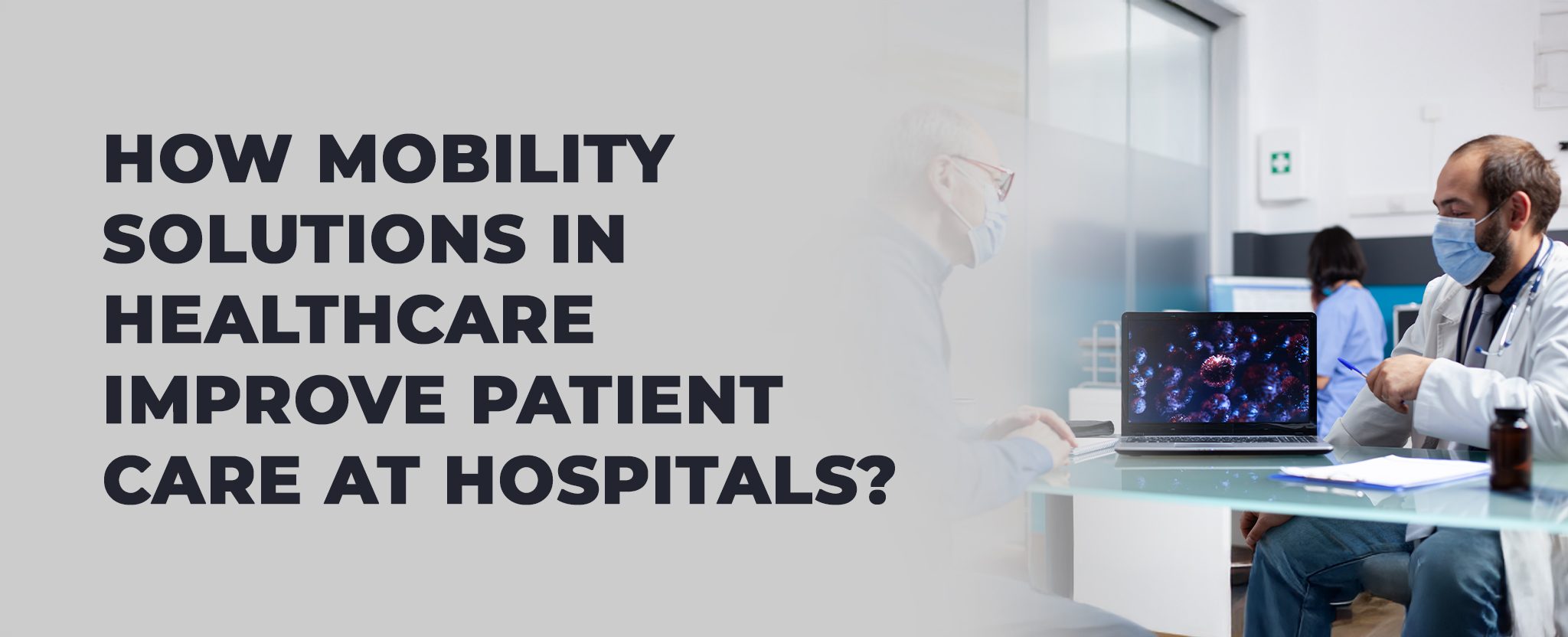

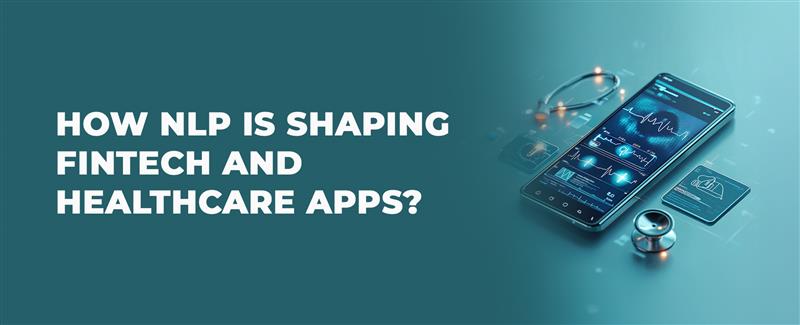
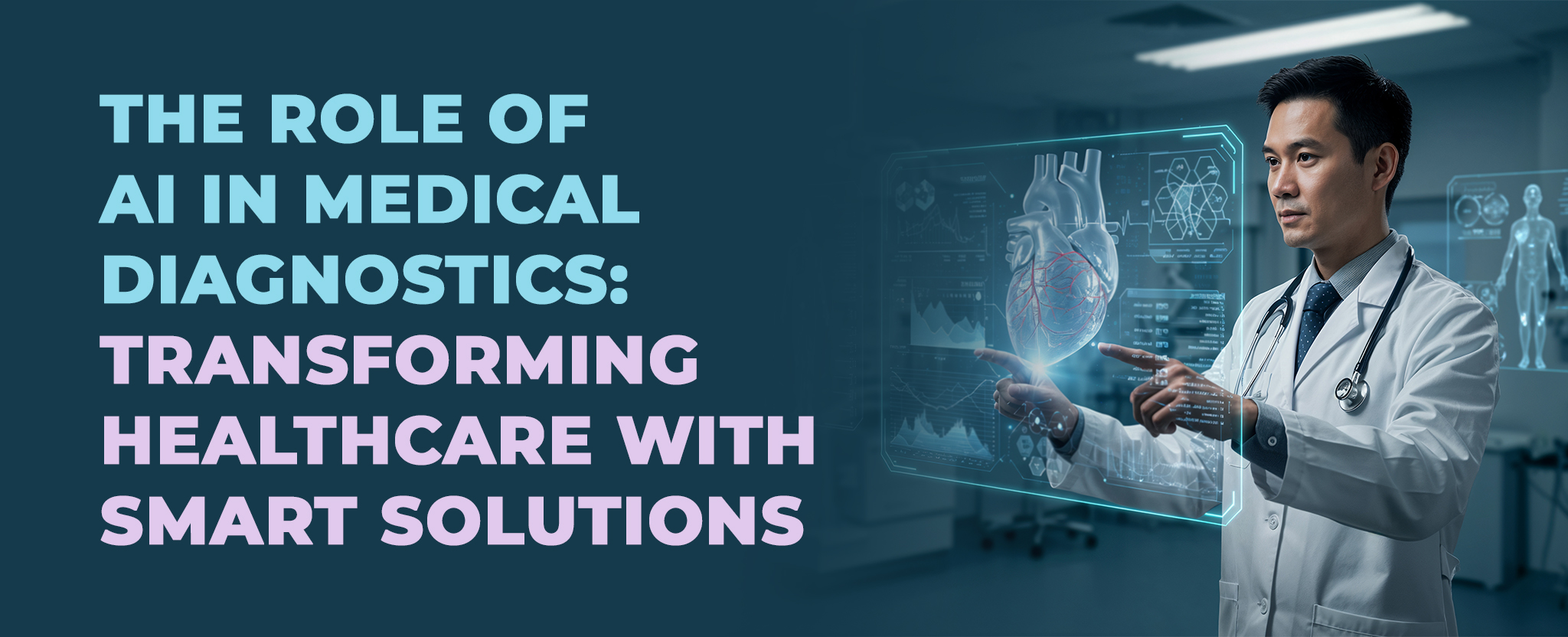






Comments